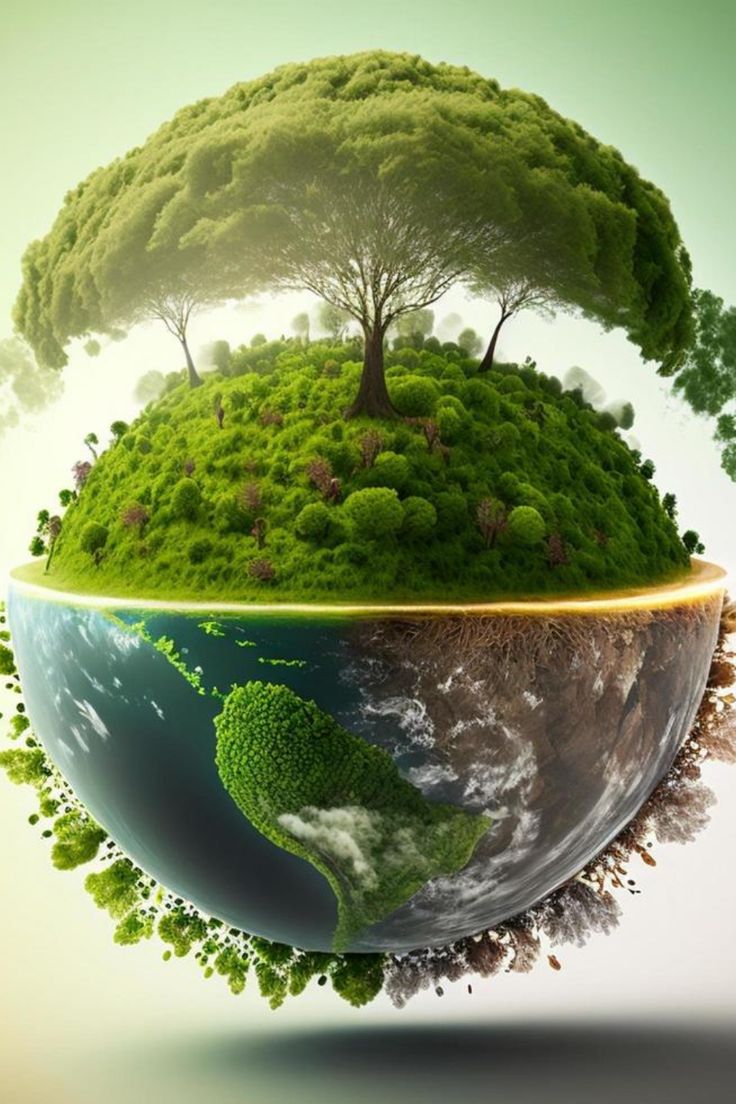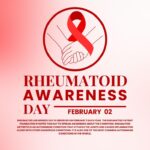World Wetlands Day: History, Significance & Conservation Efforts
What is World Wetlands Day?
World Wetlands Day, observed every year on February 2nd, is dedicated to raising awareness about the vital role wetlands play in sustaining biodiversity, regulating climate, and supporting livelihoods. This day marks the anniversary of the Ramsar Convention, an international treaty adopted in 1971 in Ramsar, Iran, aimed at conserving wetlands and promoting their sustainable use.
Wetlands include marshes, swamps, peatlands, lakes, rivers, and coastal areas such as estuaries and mangroves. These ecosystems are among the most productive on Earth, providing essential services such as water purification, flood control, and carbon storage.
History of World Wetlands Day
The Ramsar Convention was signed on February 2, 1971, as the first international agreement focused on wetlands conservation. However, it wasn’t until 1997 that February 2nd was officially recognized as World Wetlands Day, aimed at increasing global awareness about the importance of wetlands.
Since then, countries around the world have used this occasion to launch new policies, conservation projects, and educational campaigns to protect wetlands from degradation due to urbanization, pollution, and climate change.
Significance of World Wetlands Day
Why Is This Day Important?
- Protects Biodiversity – Wetlands are home to countless species of plants, animals, and microorganisms.
- Mitigates Climate Change – Wetlands store carbon more efficiently than forests, helping combat global warming.
- Prevents Natural Disasters – They act as natural buffers against floods, hurricanes, and droughts.
- Ensures Water Security – Wetlands purify and filter water, providing clean drinking sources.
- Supports Livelihoods – Millions of people rely on wetlands for fishing, agriculture, and tourism.
Daily Life Impacts of Wetlands
Wetlands provide essential benefits that impact daily life, including:
- Clean Water Supply – Natural filtration systems remove toxins from water sources.
- Disaster Risk Reduction – Coastal wetlands minimize damage from storms and sea-level rise.
- Food Production – Wetland areas support fisheries and rice cultivation.
- Recreational & Cultural Value – Many wetlands are tourism hotspots and hold cultural significance for indigenous communities.
- Health & Well-Being – Wetlands help control diseases by regulating mosquito populations and waterborne pathogens.
How to Observe World Wetlands Day
There are numerous ways to participate in and contribute to wetland conservation efforts:
- Join Clean-Up Drives – Participate in community events to clean rivers, lakes, and marshes.
- Raise Awareness – Share educational content on social media using hashtags like #WorldWetlandsDay.
- Visit a Wetland – Take a guided tour to understand the ecosystem’s significance.
- Support Conservation Organizations – Donate or volunteer with groups working to protect wetlands.
- Advocate for Policies – Encourage government initiatives that promote wetland conservation.
Interesting Facts About Wetlands
- Wetlands cover about 6% of the Earth’s surface, yet they store twice as much carbon as forests.
- One-third of the world’s endangered species rely on wetlands for survival.
- Peatlands, a type of wetland, store more carbon than all the world’s forests combined.
- Wetlands act as natural water filters, removing pollutants and improving water quality.
- The Sundarbans Wetland, home to the Bengal tiger, is the world’s largest mangrove forest and a UNESCO World Heritage Site.
FAQs About World Wetlands Day
1. When is World Wetlands Day celebrated?
It is observed annually on February 2nd.
2. What is the Ramsar Convention?
The Ramsar Convention is an international treaty signed in 1971 to protect and sustainably manage wetlands worldwide.
3. How do wetlands help in climate change mitigation?
Wetlands act as carbon sinks, absorbing and storing carbon dioxide from the atmosphere.
4. What are some major threats to wetlands?
Wetlands are threatened by urbanization, pollution, deforestation, climate change, and illegal land reclamation.
5. How can individuals help in wetland conservation?
People can contribute by reducing plastic use, conserving water, supporting conservation policies, and participating in awareness campaigns.
Wishing Someone on World Wetlands Day
Here are some meaningful messages to share:
- “Happy World Wetlands Day! Let’s protect these vital ecosystems for a sustainable future.”
- “Wetlands are the lifeline of our planet. This World Wetlands Day, let’s pledge to conserve them!”
- “Every drop counts, and so does every wetland. Let’s work together to safeguard them!”
Why World Wetlands Day Is Important to Society
Wetlands are disappearing at an alarming rate, with over 35% lost since 1970. World Wetlands Day brings global attention to the urgent need to protect these ecosystems, ensuring that future generations benefit from their natural resources and environmental services.
By spreading awareness, advocating for policies, and making sustainable choices, we can all play a role in preserving wetlands and the invaluable services they provide.
Final Thoughts World Wetlands Day is not just a day of awareness—it is a call to action. Governments, organizations, and individuals must work together to conserve these precious ecosystems. By understanding their importance and actively participating in their preservation, we can ensure a healthier planet for generations to come.










